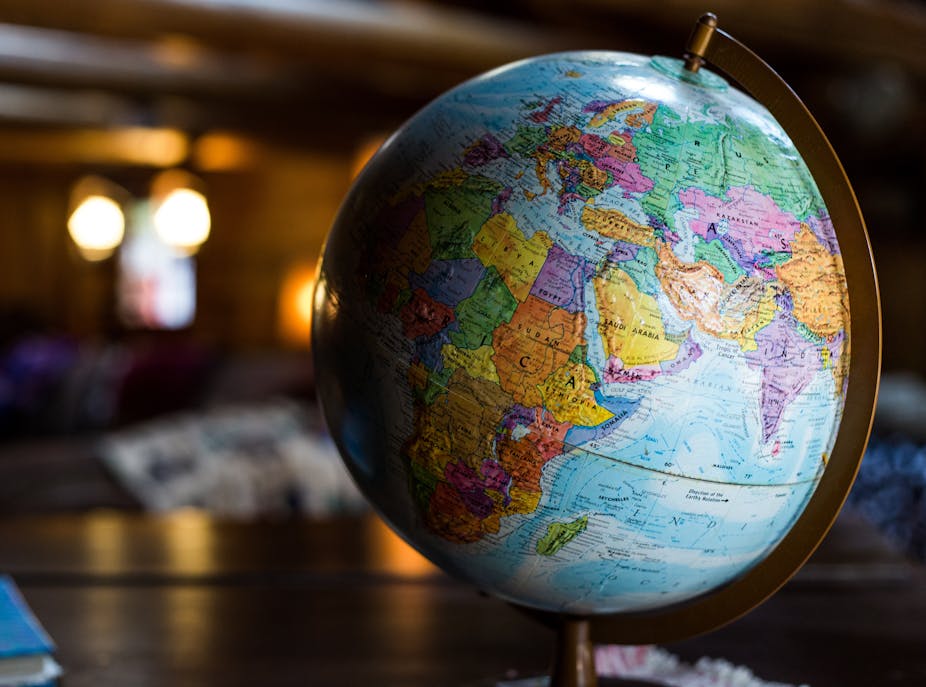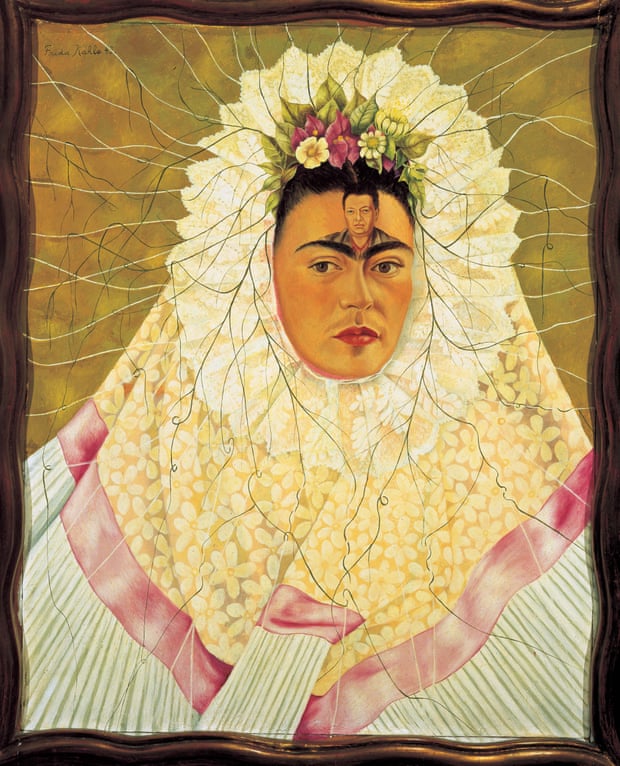Japan in the sixteenth century was an archipelago of which the main com-
ponent was a large island (Honshu) separated from three middle-sized
islands (Kyushu, Shikoku and Ezo) by narrow straits. It was already in
physical and human terms a remarkably isolated country. To the west,
it faced two inward-looking countries, one the great landmass of China,
the other the Korean peninsula whose proximity to Japan made it the
vehicle of contact with China. To the east lay the enormous north Pacific
ocean, little explored until the late eighteenth century. Cultural influences
(Confucian philosophy and Japan’s writing system, both Chinese in ori-
gin, and the Buddhist religion itself ) had all been transmitted through
Korea more than a thousand years previously, by a small elite body of
monks, scholars and noblemen, some of them returning Japanese. Later
contact was fitful, and at the end of the sixteenth century, there was
little trade and even less cultural movement between Korea and Japan.
However, unsettled international conditions would give Korea, in the
seminal decade of the 1590s and again after 1868 in the troubled times
of renewed western encroachments in Asia, an importance transcending
existing isolation. Isolation to the east and west was reinforced by an ab-
sence of contacts to the north, accounted for by climatic conditions, and
to the south, created by economic circumstances.
To the north of Honshu (and in the adjoining Tohoku, or north-east
of Honshu itself) the climate was influenced by the frontier of cold and
hot currents and winds on the interface of the world’s largest landmass
and its largest ocean. Cold currents pushing down along the coast of
Siberia in meeting the upward-moving warm currents of the Pacific re-
sulted in both pervasive fog and in sudden winter storms. As the summer
monsoon weakened, the winds of the Siberian landmass, pushing out
into the Pacific in a great anti-cyclonic sweep, curled in from a north-
easterly direction. On their path, they met the moisture-laden air of the
Pacific: in summer precipitation was heavy if they pushed out prema-
turely, and in winter snow lay deep on the ground in both the Ezo is-
lands (of which the principal one, Ezo-ga-shima, was renamed Hokkaido
after 1868) and the Tohoku. If autumnal change set in early, the contact
with the southerly air currents resulted in cloudiness or even rain as
the harvest was still ripening. One of the consequences was that even
as low as the latitude of 40 degrees (the same latitude as Washington,
D. C.) permanent settlement was relatively unattractive. Although a small
number of Japanese had migrated in medieval times, there was in 1600
only a minute colony in the south-west corner of Ezo-ga-shima across
the 30-mile Tsugaru strait. Two centuries later the fiction grew that the
Ezo islands had been a Japanese possession in past times. That, however,
was simply an argument to strengthen the Japanese claim against rivals;
the true occupants were the Ainu, rather like the Eskimos of even colder
regions, the only permanent inhabitants. The region was only vaguely
mapped: Kaempfer, the German doctor at the Dutch factory in Deshima
in 1690–1, noted that ‘because Japanese maps differ from each other I
cannot establish the shape of this island: in some the island is depicted as
round with many bays; in others it is broken up . . . it is impossible to say
whether these are separate islands’.1 Northern Honshu was in 1600 un-
derdeveloped and underpopulated. Even further south, Edo, the future
capital of Tokugawa Japan (the Tokyo of modern Japan), was a creation
of the seventeenth century, its region – Kanto – itself a somewhat retarded
frontier with the richer and more densely populated south.
To the south of Japan, climate and ease of navigation off the coast of
south China and the East Indies archipelago created a region of active
exchanges in rice, spices, textiles, sugar (in the seventeenth century) and
in gold and silver; from early on economic activity was further diversified
by its attracting traders both from China and from the west, first Arabs,
and later Europeans. The problem for the more northerly countries of
east Asia was how to finance exchanges for the exotic goods of the south.
Requiring both silver and spices, China itself had a trade with the south.
It was an even more serious problem for Japan than for China, because
originally Japan had little to offer. China at least had its prized silks.
The poverty of Japanese trade accounts for the existence of the Wako (sea
pirates described as Japanese, though often Chinese engaged in the Japan
trade with the tolerance of Japanese daimyo or lords) who preyed on
such trade as existed along the coasts of China, and whose destructiveness
led to the prohibition by the Ming government in 1557 of trade with
Japan.2 In China Japanese were excluded, and equally China’s traders, if
they ventured to Japan, were disregarding prohibitions imposed in their
homeland. In Japan Chinese were suspect as the hand of Japan’s ruler,
Hideyoshi, began to fall on domestic rulers and coastal pirates alike in
Kyushu in the 1580s: furthermore, acute fears that an alliance between
daimyo in Kyushu and outside trading interests might disturb the delicate
political balance persisted thereafter.
The payment problems in foreign trade – if not the political complica-
tions – were eased by the sudden advent of great quantities of Spanish
silver, as silver flowed into the region from the time that the Spaniards
made Manila a base of their operations in 1571. Spanish silver was traded
in Manila for silks from China, and a Spanish presence in the western
Pacific grew after 1580 when Portugal fell under Spanish suzerainty for
sixty years. The usefulness of silver as an exchange commodity (in an age
of large military expenditure), combined with the Chinese demand for
it, led to the introduction from Korea of improved techniques in mining
and in refining the metal, and hence to a mining boom in Japan. Possibly
as much as one third of the huge outflow of silver onto world markets in
this period was Japanese.3 This outflow helped to trigger the economic
boom of China from 1570 to 1620 as silver oiled the wheels both of tax
payment and inland exchanges. The coastal regions sold silk and silver
to the inland regions and received payment in rice. Disregard or eva-
sion of the prohibition on trade illustrated the growing weakness of the
Ming imperial dynasty, one which became dramatically evident when the
Manchu challenge to the Ming rulers reached crisis point with the taking
of Peking in 1644. As a result of turmoil and warfare, China’s trade
fluctuated sharply over the years up to the 1680s. The prolongation
of momentum in Japan’s mining boom to mid-century meant that up
to that time Japan’s rulers were not concerned over the export of sil-
ver. As a result, Japan, once a backwater, had became an economic
power house, with an appeal for Europeans as a source of the silver
which held the key to participating in the trade currents of east Asia:
there was also the opportunity of replacing the Chinese traders, sus-
pect in China and Japan alike, in exchanges between the two coun-
tries. The repute of Japan as a mineral-rich country was to haunt the
European imagination for decades after Japan had ceased to have a sur-
plus of silver.
All trade between China and Japan, it must be emphasised, was one
in high-value goods, in essence silk and some gold for silver and copper.
It was, moreover, less a trade with China than a trade with the areas of
Asia frequented by t ̄osen (Chinese vessels): manned by t ̄ojin (Chinese)
https://drive.google.com/open?id=0B5yuzdbQNCjPeFM0V2l4UHMxbVU








